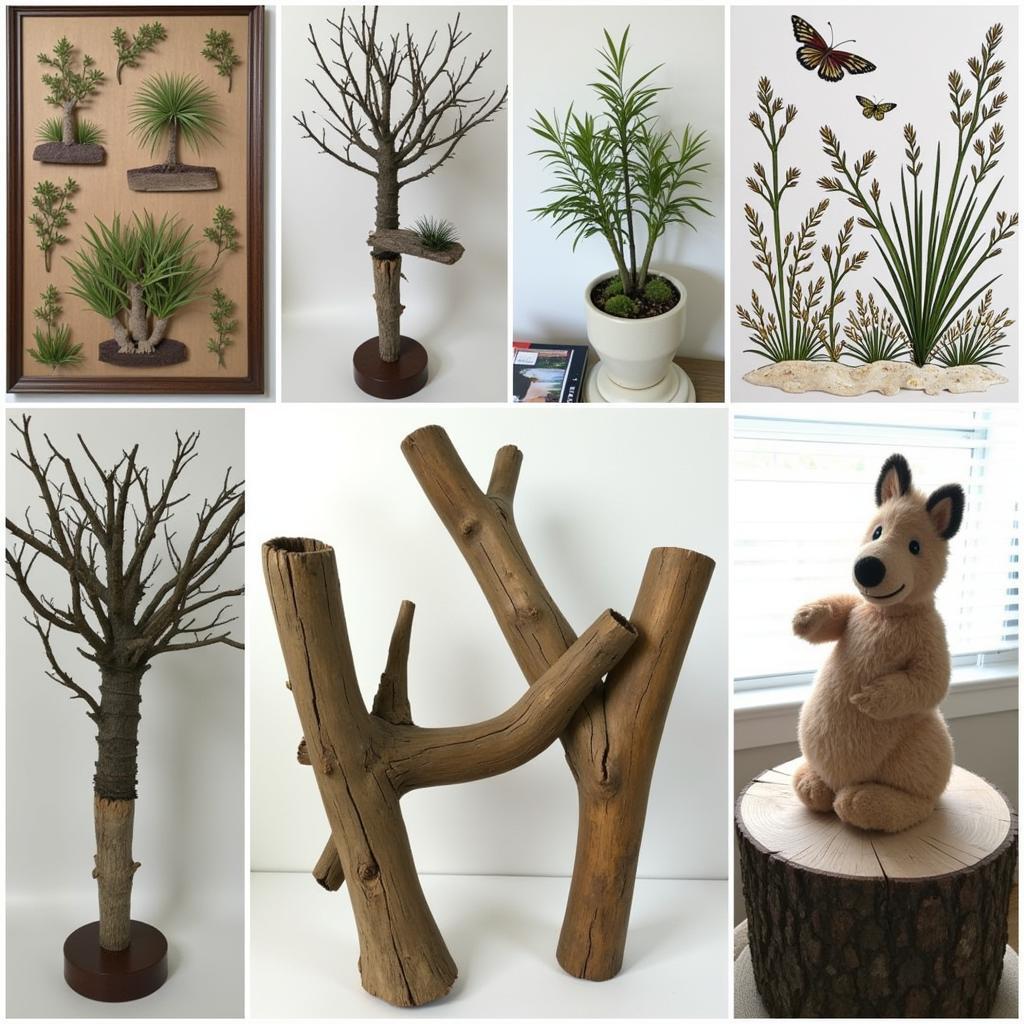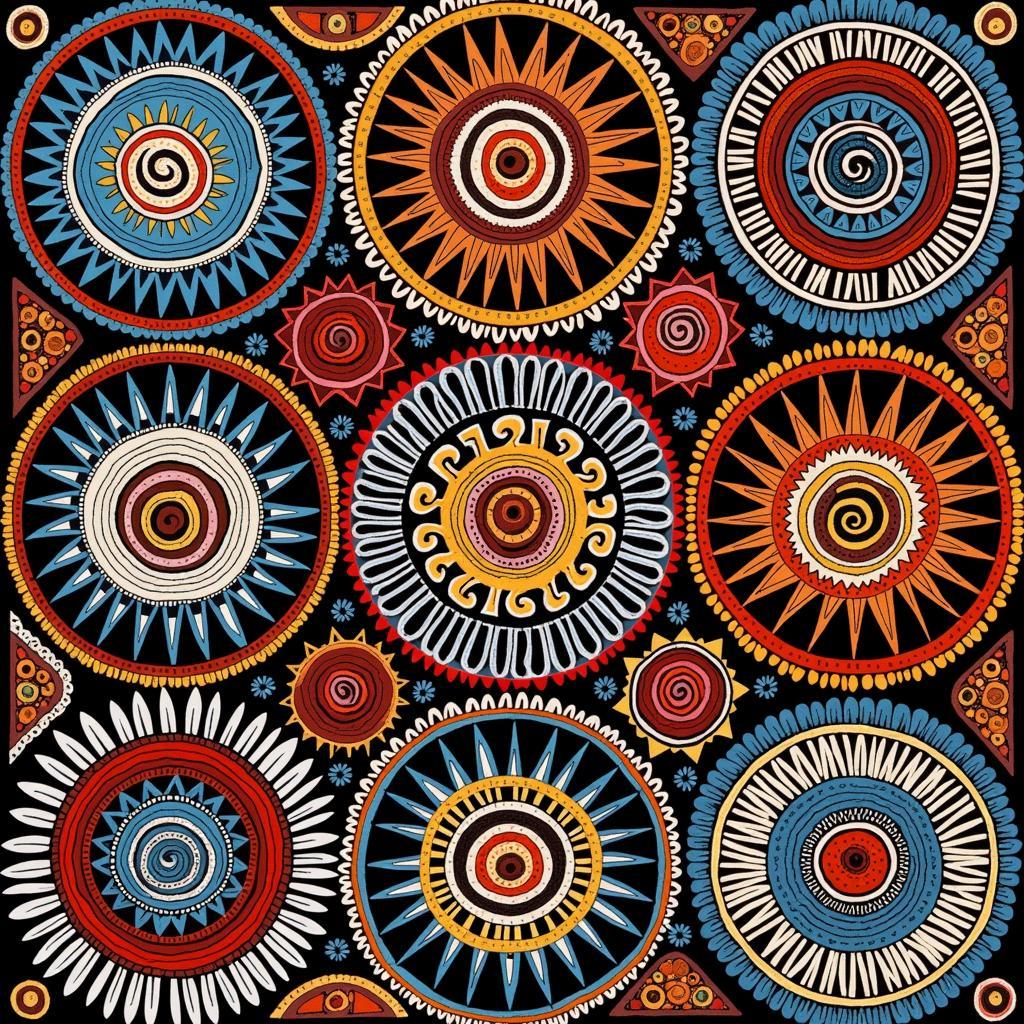Discovering the Beauty of Foraged Art
Foraged Art is an exciting and evolving art form that utilizes natural materials found in the environment. This practice connects artists directly with nature, fostering a deeper appreciation for the world around us and offering a sustainable approach to artmaking. From intricate leaf arrangements to sculptures crafted from driftwood, foraged art invites us to see the beauty in the ordinary and transform the ephemeral into enduring works of art. After reading this guide, you might be inspired to try your own hand at this fulfilling and eco-conscious artistic practice.
The practice of foraged art is as diverse as the natural world itself. Whether you’re a seasoned artist or a curious beginner, the possibilities are endless. You can incorporate foraged elements into existing art forms or create entirely new ones. Let’s explore the world of foraged art, from its core principles to inspiring examples and practical tips for getting started. This art form isn’t just about creating beautiful pieces; it’s about connecting with nature on a deeper level and finding artistic inspiration in the everyday. Want to explore other artistic avenues? Check out our guide on cocktail art.
Foraging for Art: A Sustainable Practice
Foraging for art isn’t just about collecting pretty leaves and twigs; it’s about engaging with the environment responsibly and respectfully. Sustainable foraging is crucial. This means understanding the local ecosystem, identifying plants and materials correctly, and only taking what you need without harming the environment. Avoid endangered species and be mindful of the impact your foraging has on the local flora and fauna. Foraged art isn’t just about aesthetics; it also carries a strong message of environmental consciousness and responsibility.
Ethical Considerations for the Foraged Artist
Ethical foraging should always be at the forefront of a foraged artist’s mind. Ask for permission when foraging on private land, and familiarize yourself with local regulations regarding collecting natural materials in public spaces. Respect wildlife and avoid disturbing their habitats. Remember, the aim is to work in harmony with nature, not against it. The practice of foraged art highlights our place within the world and our interconnectedness with nature.
Exploring Different Forms of Foraged Art
The beauty of foraged art lies in its versatility. From ephemeral land art installations that blend seamlessly with their surroundings to intricate botanical illustrations created with pressed flowers, the possibilities are endless. Many artists combine foraged materials with traditional art practices like painting, sculpture, and printmaking, creating unique hybrid forms. Foraged art can range from simple, nature-inspired crafts to complex, conceptual artworks.
Unleashing Your Creativity with Nature’s Palette
Foraged materials provide a rich palette of textures, colors, and forms. Think beyond leaves and flowers; consider using seed pods, bark, stones, feathers, and even driftwood. The key is to observe your surroundings and let nature guide your creativity. Experiment with different techniques and materials to discover what resonates with you. Just as a chef creates culinary masterpieces, so too can a foraged artist create stunning works of art. Perhaps you’re interested in exploring art et cuisine?
 Diverse Forms of Foraged Art
Diverse Forms of Foraged Art
Tips for Aspiring Foraged Artists
Getting started with foraged art is easy and rewarding. Begin by exploring your local environment. What natural materials are readily available? What catches your eye? Start small and experiment with different materials and techniques. Don’t be afraid to make mistakes; the learning process is part of the joy of creating. Looking for fun nature-based art activities? Check out forest animal art activities for preschoolers.
Preserving Your Foraged Treasures
Preserving your foraged materials is essential for creating lasting works of art. Drying flowers and leaves between sheets of paper is a simple and effective method. You can also preserve materials by submerging them in resin or glycerin. Proper storage is crucial to prevent damage from insects or moisture.
Conclusion: Embrace the Natural World Through Foraged Art
Foraged art offers a unique and fulfilling way to connect with nature and express your creativity. By embracing the natural world as our artistic medium, we can create beautiful, sustainable works of art while fostering a deeper appreciation for the environment. So, step outside, explore your surroundings, and let the beauty of nature inspire your next artistic creation. The world is your canvas, and nature is your palette.
FAQs: Frequently Asked Questions about Foraged Art
-
What is foraged art? Foraged art is art created using natural materials found in the environment.
-
Where can I find materials for foraged art? You can find materials for foraged art in your backyard, local parks, forests, and even on the beach.
-
Do I need permission to forage for art materials? It’s crucial to respect property rights and environmental regulations. Always ask permission when foraging on private land and research local laws regarding collecting natural materials in public spaces.
-
How do I preserve my foraged materials? Common preservation techniques include drying, pressing, and submerging in resin or glycerin.
-
What are some examples of foraged art? Examples include land art, botanical illustrations, sculptures made from driftwood, and mixed media pieces incorporating natural materials.
-
Is foraged art sustainable? Yes, foraged art can be sustainable if practiced responsibly. Always forage ethically and avoid harming the environment.
-
What are some tips for beginners? Start small, experiment with different materials, and don’t be afraid to make mistakes.
Need more assistance with your foraged art journey? Contact us! Phone: 02462573573, Email: [email protected] or visit us at Savico Megamall, 7-9 Đ. Nguyễn Văn Linh, Gia Thụy, Long Biên, Hà Nội 10000, Việt Nam. We have a 24/7 customer support team ready to help.


